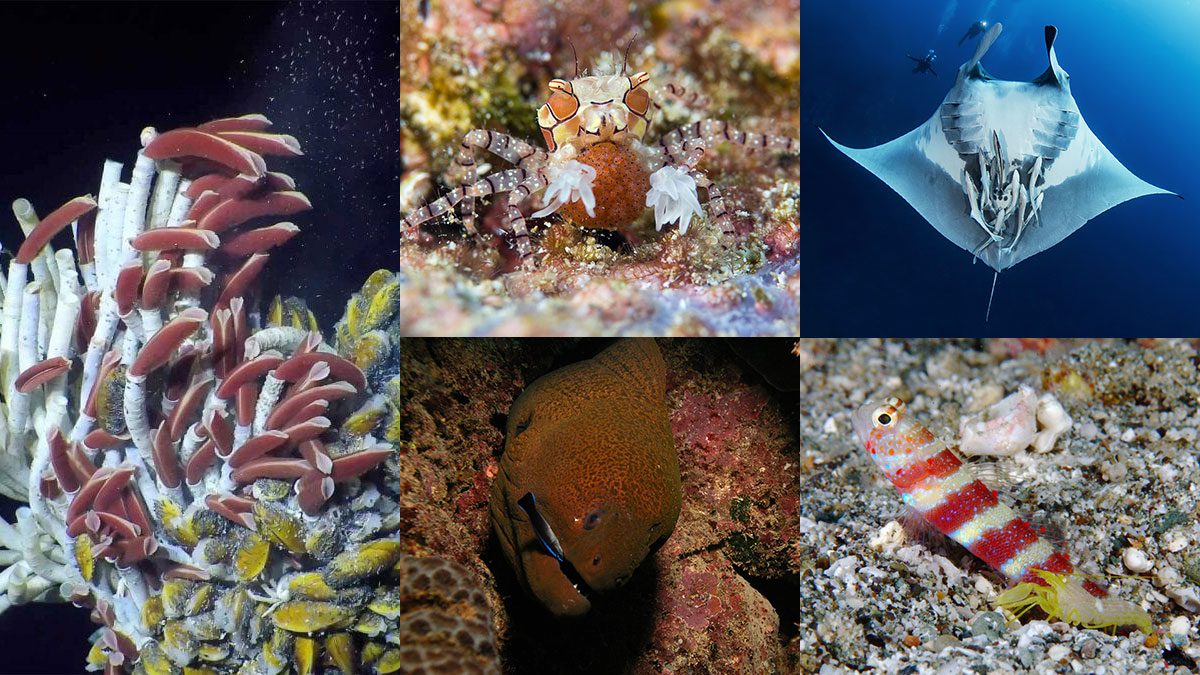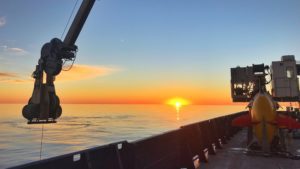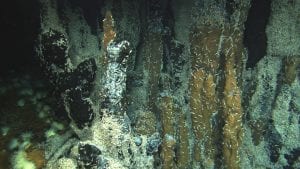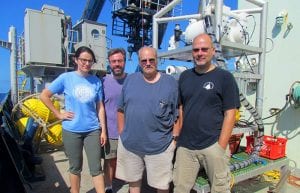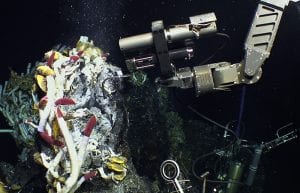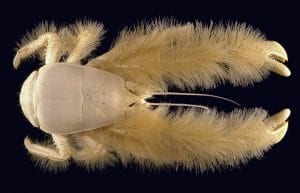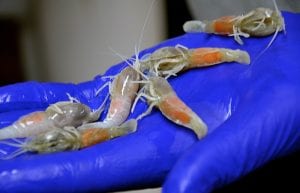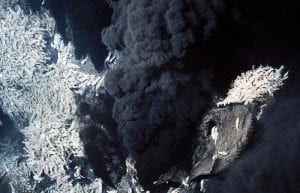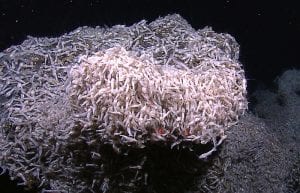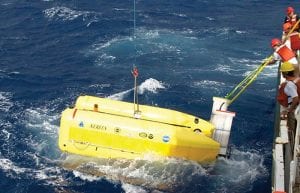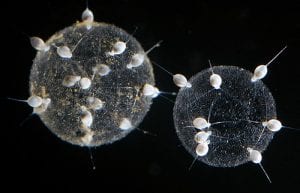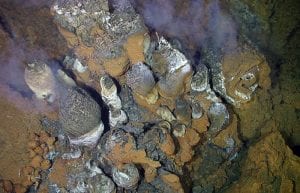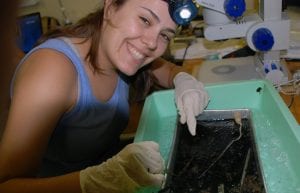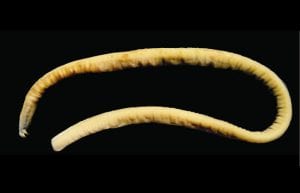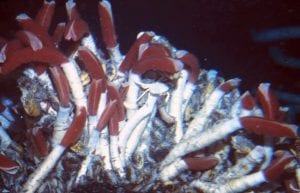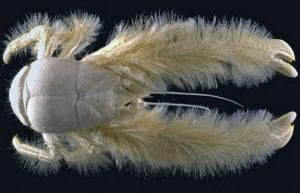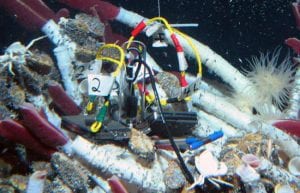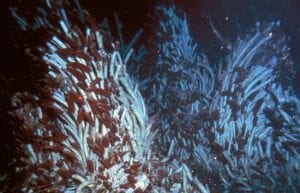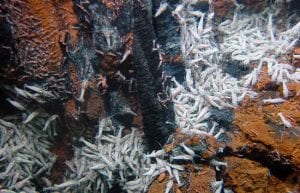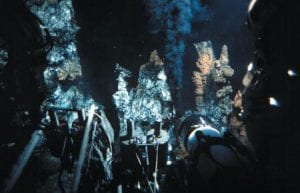Life at Vents & Seeps
5 unlikely ocean friendships
How certain marine species keep each other safe, fed, and healthy through symbiosis
Sniffing out methane in the deep sea
Scientists cruise the Gulf of California’s Guaymas Basin to test out new tech for detecting…
Five extreme places to do ocean research
Whether they're under the ice at the furthest poles or hovering above the ocean's deepest…
Finding answers in the ocean
The test being used to diagnose the novel coronavirus—and other pandemics like AIDS and SARS—was…
Bringing a Lab to the Seafloor
Scientists can't really know if new oceanographic instruments will really work until they try them…
Big Questions About Tiny Bacteria
It’s 3 a.m., and Jesse McNichol is struggling to stay awake. Since midafternoon, he’s been…
Alvin‘s Animals
From orange octopi and furry yeti crabs to the largest known anemone, pilots and scientists…
Deep-sea Vents Yield New Species
Call it “midnight at the OASES.” Neither permanent darkness nor extreme pressure and heat cause…
Symbiosis in the Deep Sea
Mobs of pale shrimp clamber over each other, jockeying for position in the swirling flow…
Searching for Life on the Seafloor
Smaller than a fingernail, like bits of downy red feathers, baby tubeworms cling to a…
Life and Death in the Deep Sea
It was an experiment they hoped would never happen. But when it did, they were…
A Hunt for Unusual Seafloor Animals and Vents
The first expedition to search for deep-sea hydrothermal vents along the Mid-Cayman Rise deep in…
What’s Living in the Ocean?
In 2010, as the United States conducted its latest decadal population census, marine scientists completed…
The Mysterious Movements of Deep-Sea Larvae
The marvelous migrations of fish and whales through the deep sea have been hard enough…
The Promise and Perils of Seafloor Mining
A year ago, the Canadian mining company Nautilus Minerals was poised to launch a new…
Eleanor Bors
While her Oberlin classmates were accepting their diplomas at their graduation ceremony back in Ohio,…
Gar Secrist
Gar Secrist says that he spent his summer at Woods Hole Oceanographic Institution (WHOI) working…
Would a Hagfish By Any Other Name Smell as Sweet?
It’s not hard to figure out how hagfish got their name, since they aren’t exactly…
Deep-sea Tubeworms Get Versatile ‘Inside’ Help
Cross sections of the tubeworm Riftia pachyptila. (Courtesy of Enduring Resources for Earth Science Education)…
Settling on the Seafloor
People may search for a long time, but they know it when they see it—the…
On the Seafloor, a Parade of Roses
Third generation of scientists finds third generation of hydrothermal vent sites.
The Evolutionary Puzzle of Seafloor Life
Most of Earth's crust is manufactured at the bottom of the sea. Deep beneath the…
ALISS in Wonderland
In 1985, Cindy Van Dover, then a graduate student in biology in the MIT/WHOI Joint…

